Borley Rectory haunting experts PAUL ADAMS and EDDIE BRAZIL cast their eyes over Borley Rectory film, a new animated documentary by film-maker Ashley Thorpe
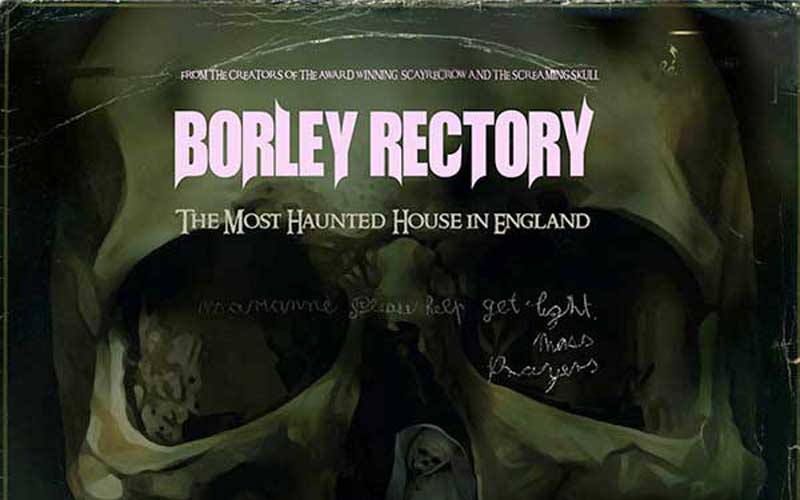
It has been described as “The Mount Everest “ of haunted houses. A classic of psychical research, earning the accolade of being England’s most haunted residence and generating hundreds of books, articles, and countless theories.
Yet, perhaps, one of the more persistent mysteries concerning the haunting of Borley Rectory is why it has taken almost 75 years for this extraordinary case of the paranormal to be brought to the silver screen. Now, happily, that wait is over with the release of Ashley Thorpe’s striking new film, Borley Rectory, The most haunted house in England.
Thorpe’s six year labour of love has been a roller coaster of a project, with troughs and highs testing his determination and passion to bring his vision of the Borley story to the screen. Yet the wait has been worthwhile.
Wait for Borley Rectory film has been worth it
He has pedigree with the genre . His ‘Scayrecrow’ was winner of the Media Innovation Award 2009. And ‘The Screaming Skull’, 2008 was nominated Best UK short film at the rain dance film festival in 2009.
Yet how does one film the 80-year-old story of a haunted house which no longer exists? Thorpe wisely eschews substitute locations and suitably, similar looking houses to tell the Borley tale. The ingenious use of contemporary interior and exterior photos of the rectory, together with models, animation and rotoscope back screen projection magically bring the most haunted house in England back to uncanny life.
All the main players are here to relive their experience of Borley Rectory. The Bulls, The Smiths, the Foysters, together with Harry Price, leading Psychical investigator of the day and Fleet Street journalist, Vernon, C Wall. A curious inclusion, Wall. Although he was the newspaper man who broke the story in 1929, his one week at the rectory reporting the strange events back to his paper was his total involvement with the most haunted house. Thereafter, he disappears from Borley history leaving Harry Price to take centre stage and become Borley’s chief chronicler
No matter. Along with Price he anchors the telling of the story with a strong central narrative. As for the newcomers and those uninitiated with the story, Julian Sands’ narration points the way whilst Thorpe skilfully straddles the line between documentary and supernatural drama.
The direction is unashamedly, “Old Dark House” film noir ghost story rather than staid psychical research. And this is just as it should be. Harry Price investigates, Sidney Glanville, Price’s chief assistant, consults his planchette and Wall types up his copy. Yet outside, the midnight storm howls romantically around the house, whilst within, the players sit uneasy in the flickering, shadowy darkness. Doors creak, windows rattle and the moaning wind seeps through the rooms and corridors. Borley Rectory has never sounded or looked so menacingly creepy.
The phantom nun, spectral coach and a host of unseen spooks put in their respective appearances, and one is mindful of the directors nod to Hollywood supernatural movies of the 40s, such as “The Uninvited”, and “The Ghost Breakers.”.
However, Thorpe doesn’t keep his tongue in his cheek. Although there are a few humorous touches, the film is overwhelming eerie and in places frightening, with its fair share of jump out of the seat moments.
There are good performances throughout from the strong cast, in particular Jonathan Rigby as Harry Price, and Reece Shearsmith as Vernon Wall. Steven Severin, of 80s band Siouxsie and the Banshees, has written the soundtrack. Yet, ultimately it is the look, feel and atmosphere of the film which lingers in the mind. The movie is a unique visual experience, with particular scenes standing out.
The phantom coach, complete with headless horseman gliding along the rectory drive and Marian Foyster replying to the “Light, Mass, Prayers” wall messages in a deliciously, creepy corridor. The blue room séance scene filmed in the rectory as if Thorpe had been present at the time with his camera and an overhead shot looking down the main stairwell as doors mysteriously open on their own which is worthy of Hitchcock.
Thorpe’s film succeeds because he instinctively understands what a ghost story is. They are never crude, or loud of over the top. Lesser directors might well have treated the tale with a full, blown Technicolor fright fest, and ruined the whole show. His vision of bringing the haunting to the screen has been fashioned and formed by the same excitement , dedication and awe he experience when, as a child, he first discovered Borley in the Osbourne Book of Ghosts.
It would be true to say that Thorpe’s vision and direction are not only the perfect and correct way of realising the Borley story, but arguably, the only way. The film works, and wonderfully so for the director knows and loves his subject matter.
It deserves recognition and a large audience, and a number of film festivals throughout the UK, and the US have been booked for screenings (see the Carrion films web site for details). For the Borley fans who can’t make the festivals a DVD release is also on the cards.
However, one place the film rightly merits is the currently vacant “A Ghost Story for Christmas” slot on the BBC. The movie is the perfect accompaniment for a dark, winter’s night. So be prepared to draw the curtains, put another log on the fire, pour the wine and let Ashley Thorpe take you on a journey to Borley Rectory, The Most Haunted House in England. You are going to enjoy it.
Paul Adams and Eddie Brazil are co- authors, along with the late, Peter Underwood of The Borley Rectory Companion, The Complete Guide to ‘The Most Haunted house in England. They acted as consultants for the film.

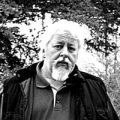
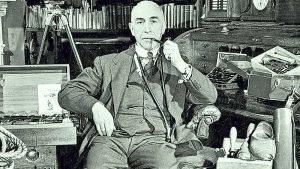
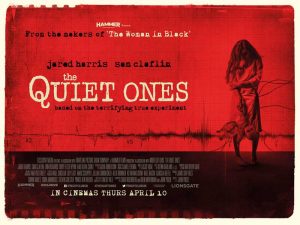
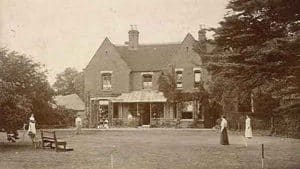

Just seen the film and it is indeed a delight – it looks fantastic and it is great to see an old fashioned ghost story on the screen.